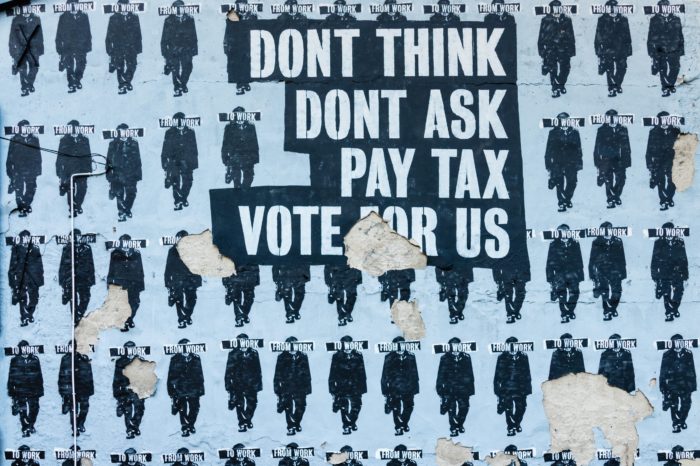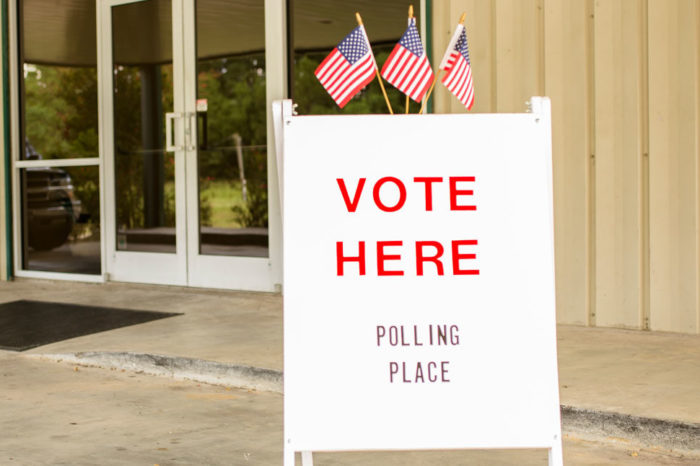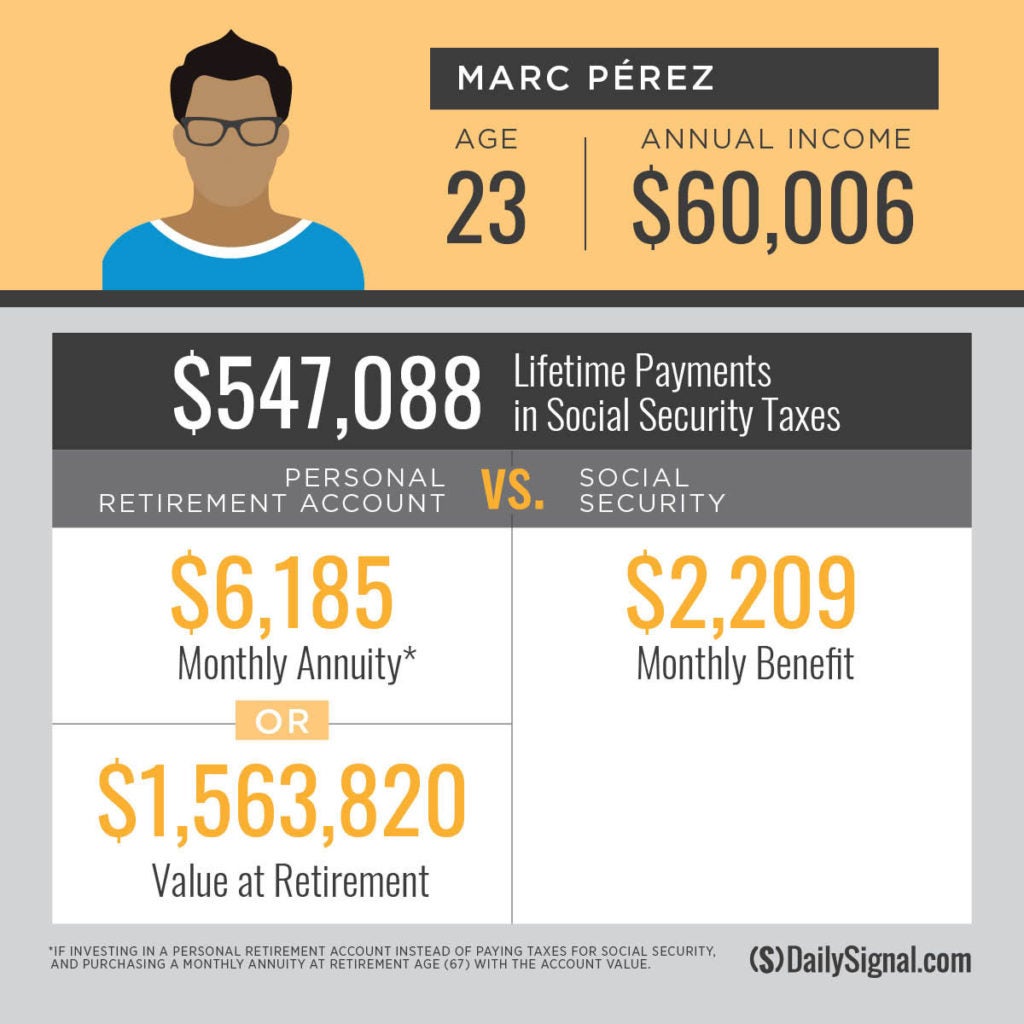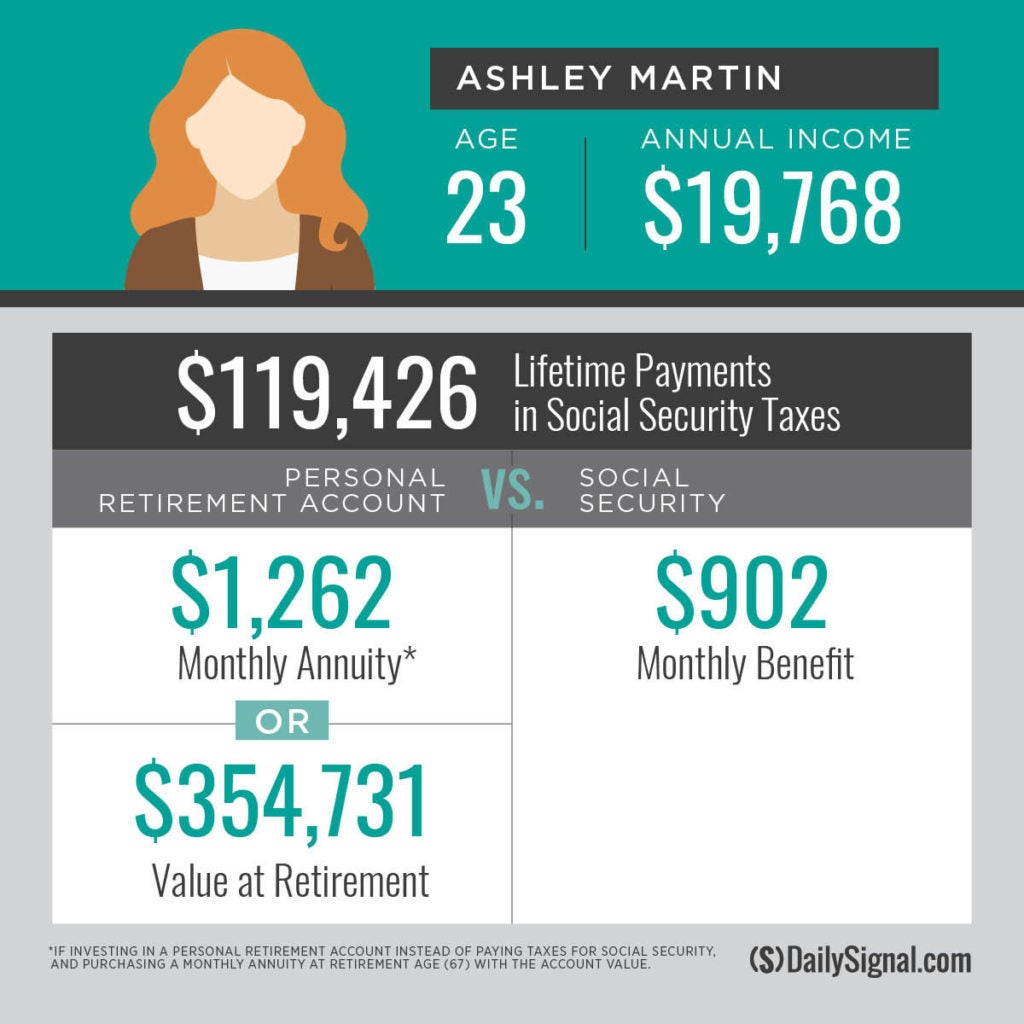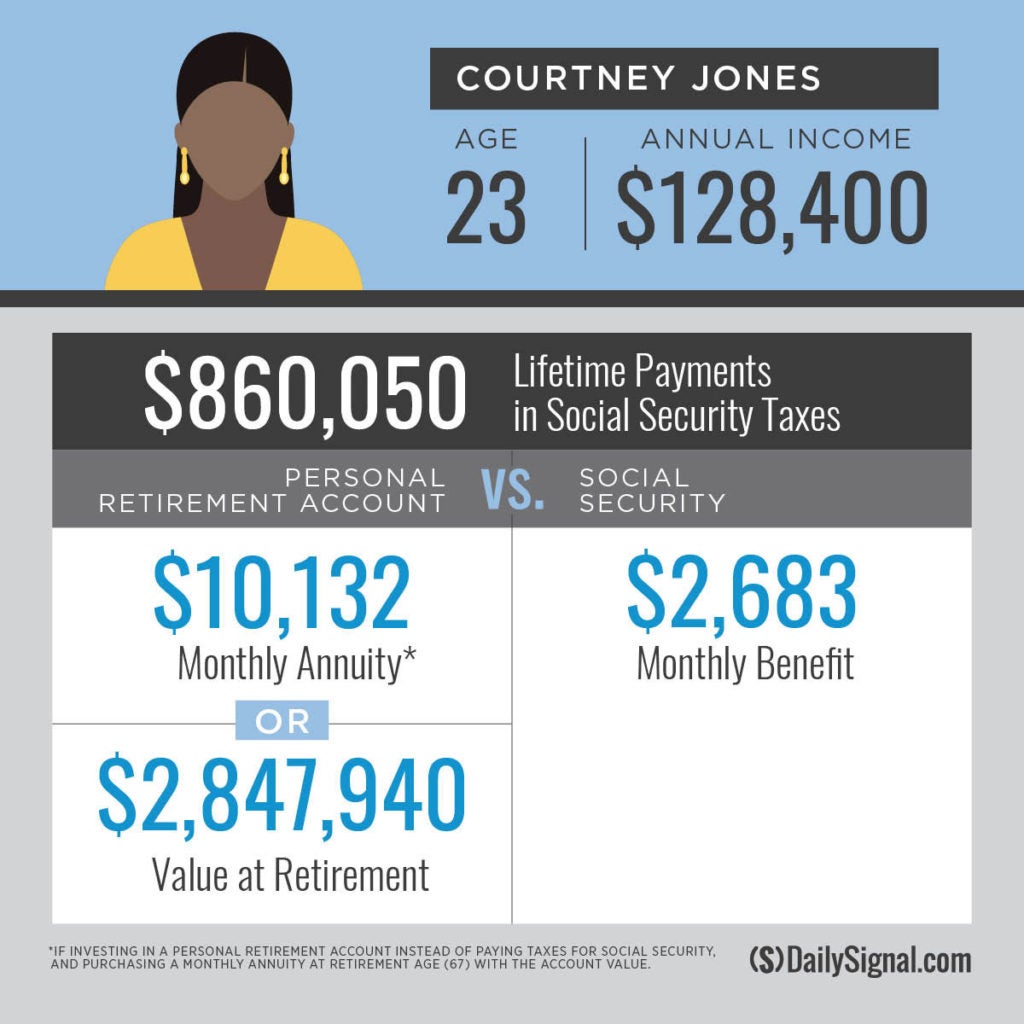How the Janus Decision Could Vastly Improve Public Education
Two new pieces of research give us reason to be encouraged by the Janus decision.
On June 27, 2018, the Supreme Court ruled 5–4 in favor of the plaintiff in the case of Janus v. American Federation of State, County, and Municipal Employees, Council 31 (AFSCME). Dry as it sounds, this was a landmark ruling; the Court said that public sector unions could not force non-members to pay fees to them. Furthermore, in the future employees will have to “opt in” to pay fees; their consent cannot be assumed.
What is likely to happen to teachers and students in the wake of Janus v. AFSCME? Typically, teachers unions have argued that weakening their power to collectively bargain would hinder both students and teachers. Fortunately, however, two new pieces of research give us reason to be encouraged by the Janus decision.
More Freedom Yields Better Results
The first is a paper titled “The Labor Market for Teachers Under Different Pay Schemes,” by economist Barbara Biasi.
The vast majority of districts pay teachers according to similar lock-step schedules. This means that all teachers with the same education degree and years of experience are paid exactly the same amount, regardless of their effectiveness, their skills, or the demand for their labor. There is often little variation in these schedules across all districts within a state, owing to pattern bargaining, facilitated by the state’s teachers’ union, one of those services allegedly at risk following the Supreme Court’s decision.
Biasi’s paper asks, “If allowed to set pay in a more flexible way, could school districts improve the quality of the teaching workforce?”
Data from Wisconsin allow Biasi to address this question. In 2011 the Wisconsin legislature passed Act 10. The law limited collective bargaining over teachers’ salary schedules in the state. Previously, Wisconsin had seen strict adherence to lock-step schedules, which were negotiated between each school district and its teachers’ union. Act 10 gave districts full autonomy to decide on compensation, allowing them to negotiate salaries with individual teachers using any criteria the two sides desired.
The result, according to Biasi, was that “Teacher quality increased in these districts [which adopted flexible pay schedules] relative to those with seniority pay, due to a change in workforce composition and an increase in effort.”
A switch away from seniority pay [SP] towards flexible pay [FP] in a subset of Wisconsin districts, following the interruption of [collective bargaining] on teachers’ salary schedules mandated by Act 10 of 2011, resulted in higher-quality teachers moving to FP districts and lower-quality teachers either moving to SP districts or leaving the public school system altogether. As a result, the composition of the teaching workforce improved in FP districts compared with SP districts. Effort exerted by all teachers also increased.
In short, the labor market for teachers in Wisconsin worked much as you’d expect. There was more movement, better teachers earned more money, and teachers were encouraged to work harder.
Collective Bargaining’s Effects on Students
The second paper is “The Long-run Effects of Teacher Collective Bargaining” by economists Michael Lovenheim and Alexander Willén. They investigate how teacher collective bargaining, one of the key services offered by their unions, “impacts student outcomes.”
The authors focused on “duty-to-bargain (DTB) laws, which require districts to negotiate with teachers’ unions in good faith.” These laws have been shown to increase union membership and the likelihood that a district elects a union to bargain collectively. Lovenheim and Willén use the timing of the passage of DTB laws between 1960 and 1987 and data on educational and labor market outcomes among 35-49 year-olds to investigate how teacher collective bargaining impacts a broad array of long-run outcomes.
They find, among male past students, “negative effects of exposure to teacher collective bargaining laws on the long-run labor market outcomes of students who grew up in states with these laws. These results are consistent with the “rent-seeking” hypothesis of teacher unionization.”
This hypothesis, according to the authors, states that “unions lead to a re-allocation of resources towards teachers while also making educational resources less productive.” Specifically, Lovenheim and Willén find that ten years of exposure to collective bargaining reduces annual earnings by $2,134.04 (or 3.93%) and weekly hours worked by 0.42 (or 1.09%). These individuals are also 1 percentage point less likely to be employed, are 0.8% less likely to be in the labor force and find themselves in lower-skilled occupations.
Furthermore, the negative effects of collective bargaining are particularly pronounced among black and Hispanic males. Here, ten years of exposure to collective bargaining lower annual earnings by $3,246 (9.43%), hours worked per week by 0.72 (2.18%), and the likelihood of being employed by 1.3 percentage points. All told, the authors concluded the following:
A back-of-the-envelope calculation indicates these laws reduce total labor market earnings by $213.8 billion per year, which suggests our findings have large implications for earnings in the US due to the prevalence of duty-to-bargain laws…In total, our estimates indicate that state duty-to-bargain laws have sizable, negative labor market consequences for men who attended grade school in states with these laws.
The teachers’ unions might be correct that the Janus vs AFSCME verdict will compromise their ability to effectively offer its membership such services as collective bargaining. But, on the basis of these two new pieces of research, it is unclear that its other warnings stack up. They suggest that teacher pay will be more closely related to their output and that students—particularly black and Hispanic boys—will be better off.
Whenever a representative of producers, like teachers unions, claims to be motivated by a concern for the welfare of their consumers, students, it might be more appropriate to raise a quizzical eyebrow. This new research suggests that, contra union claims, it is they who will be negatively impacted by Janus vs AFSCME. Students and even teachers may well be better off thanks to the Supreme Court’s decision.

John Phelan
John Phelan is an economist at the Center of the American Experiment and fellow of The Cobden Centre.






